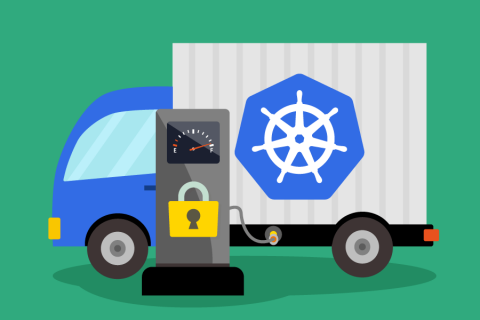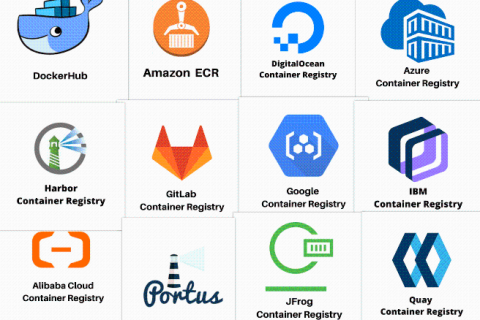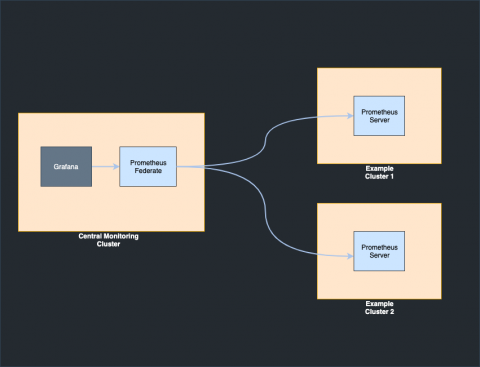Istio vs. Linkerd vs. Envoy: A Comparison of Service Meshes
In a previous article, we examined service meshes in detail. Briefly, a service mesh takes care of network functionality for the applications running on your platform. As Kubernetes has matured as a technology, service meshes have become a hot topic, with various products being developed to solve the challenges associated with areas like traffic management, security, and observability. This article will compare three service meshes.











